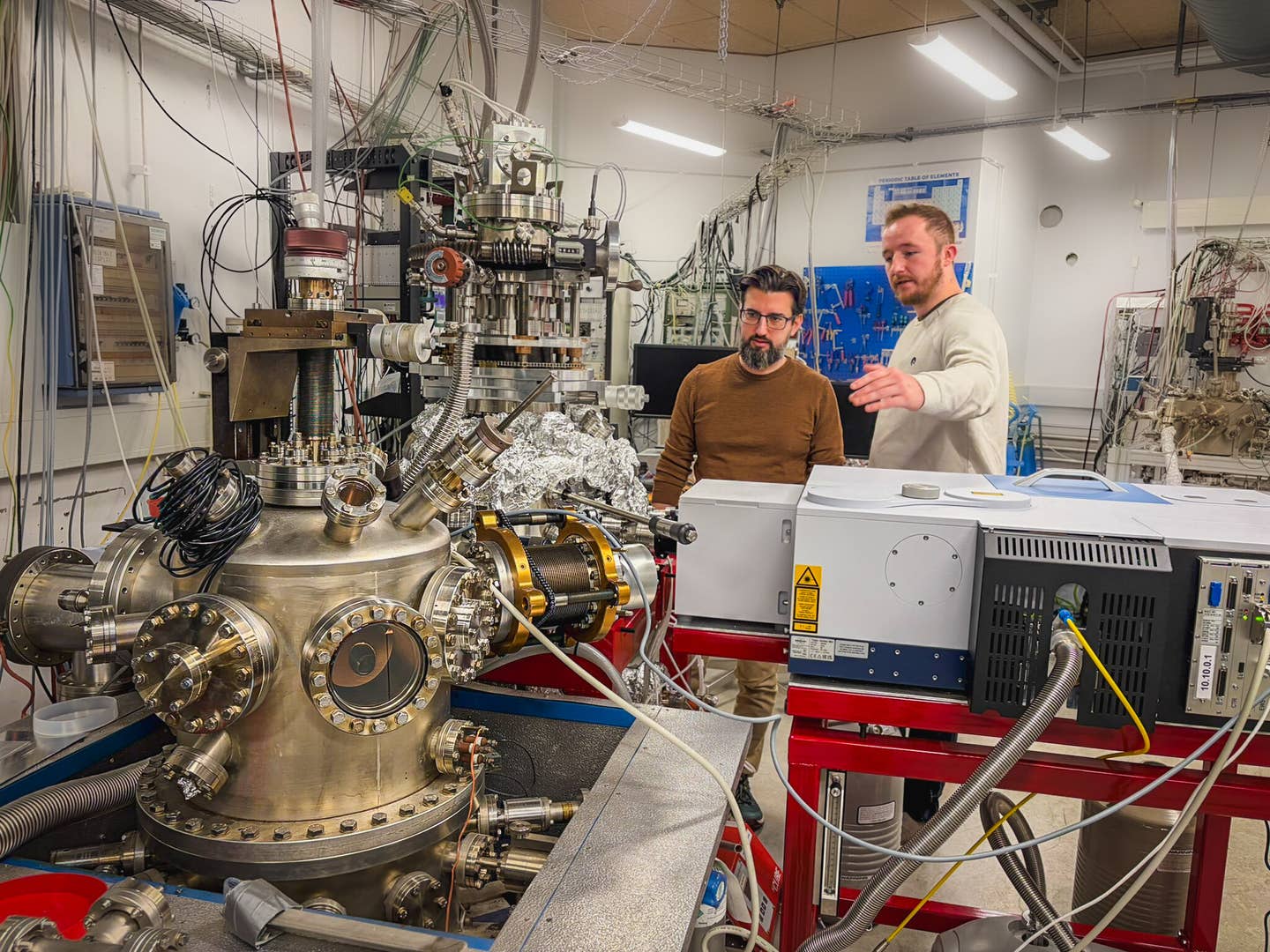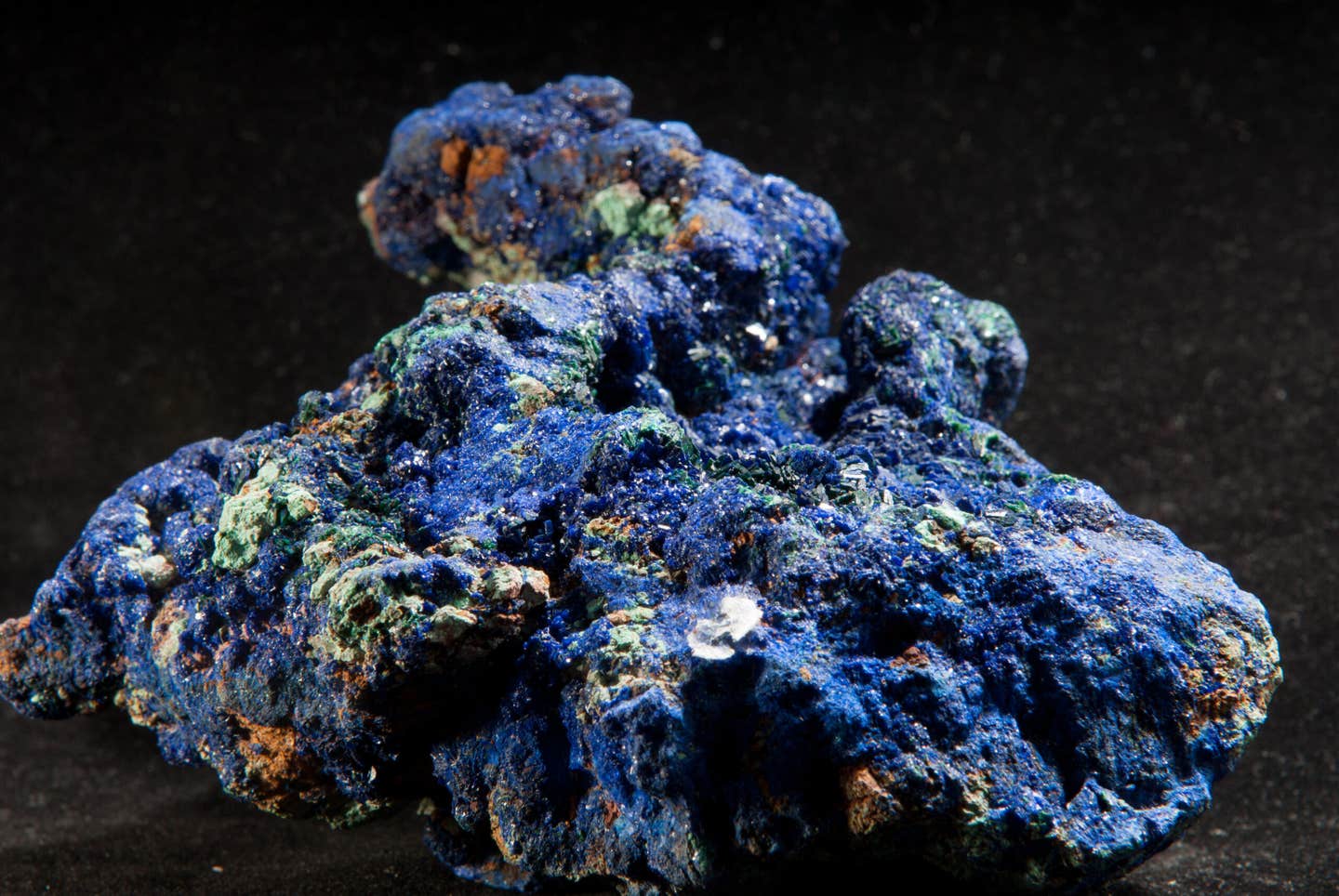New Research Finds Vitamin B3 Protects Skin Cells From The Effects Of UV Exposure
Vitamin B3, also called niacin, is one of the eight B-complex water-soluble vitamins. Niacin has a wide range of uses in the body

[Oct. 31, 2020: EADV Press Officer]
Research presented today at EADV’s 29th Congress, EADV Virtual, shows hope that a form of vitamin B3 could protect skin cells from the effects of ultraviolet (UV) exposure: the main risk factor for non-melanoma skin cancers.
Lara Camillo, a research student from the Dermatological Unit of AOU Maggiore della Carità, Novara, Italy says: “Our study indicates that increasing the consumption of vitamin B3, which is readily available in the daily diet, will protect the skin from some of the effects of UV exposure, potentially reducing the incidence of non-melanoma skin cancers. However, the protective effect of vitamin B3 is short-acting, so it should be consumed no later than 24 to 48 hours before sun exposure.”
Non-melanoma skin cancers are the most common malignancies in the Caucasian population and incidence is increasing worldwide. The main risk factor is UV radiation exposure, which damages the DNA, increases ROS production, activates local inflammation, and depletes cellular energy, leading to genomic instability and cell death.
What is vitamin B3?
Vitamin B3, also called niacin, is one of the eight B-complex water-soluble vitamins. Niacin has a wide range of uses in the body, helping functions in the digestive system, skin and nervous system. Niacin, a name coined from nicotinic acid vitamin, comes in several forms, including niacinamide (nicotinamide) and inositol hexanicotinate. Each of these forms has various uses as well.
Benefits of vitamin B3
Like other B vitamins, niacin helps the body break down carbohydrates, fats and proteins into energy, according to the University of Maryland Medical Center. In addition, it plays a role in gland and liver function. "Niacin has a role in producing certain hormones in the adrenal glands and helps remove harmful chemicals from the liver," Dr. Sherry Ross, women's health expert at Providence Saint John's Health Center in Santa Monica, California, told Live Science.
Niacin also can play a part in improving health. According to NIH, it is also used for treating migraine headaches, circulation problems and dizziness, and to reduce the diarrhea associated with cholera.
Foods rich in vitamin B3
The current daily value (% DV) for niacin is 16mg. Foods high in vitamin B3 include:
Tuna (Yellowfin) - 37.5mg per 6 oz fillet
Lean Chicken Breast - 16.1mg per 6 oz fillet
Lean Pork Chops - 13.6mg per 6 oz fillet
Beef (skirt steak) - 9.5mg per 6 oz fillet
Portabella Mushrooms - 7.6mg per cup
Brown Rice - 5.2mg per cup
Peanuts (Dry Roasted) - 4.1mg per oz
Avocados - 3.5mg per avocado
Green Peas - 3.2mg per cup
Sweet Potatoes - 2.4mg per cup
Like these kind of stories? Get The Brighter Side of News' newsletter.
Tags: #niacin, #New_Discovery, #vitamin_b3, #Medical_Good_News, #skin_health, #science_good_news, #UV_Exposure



